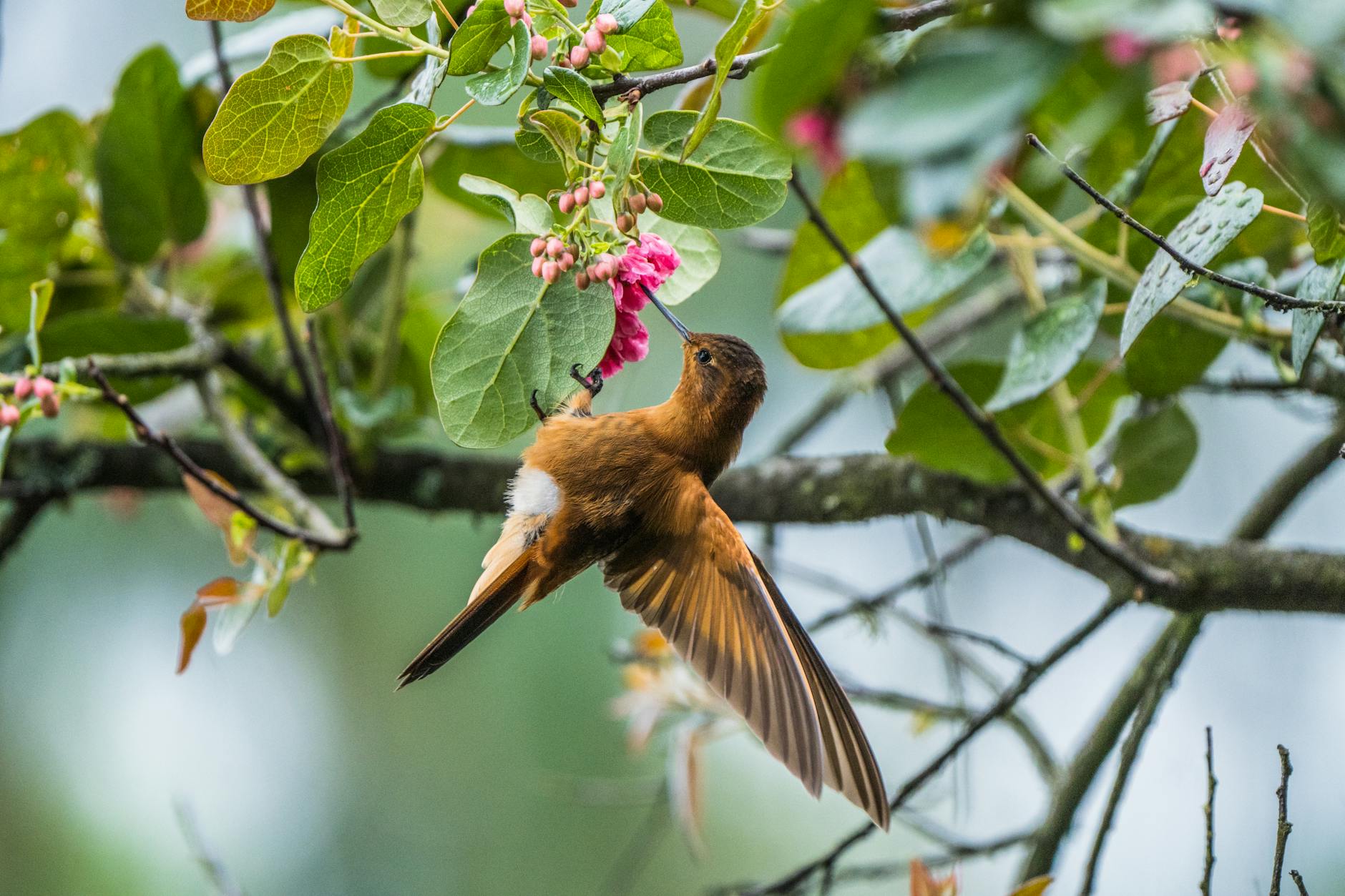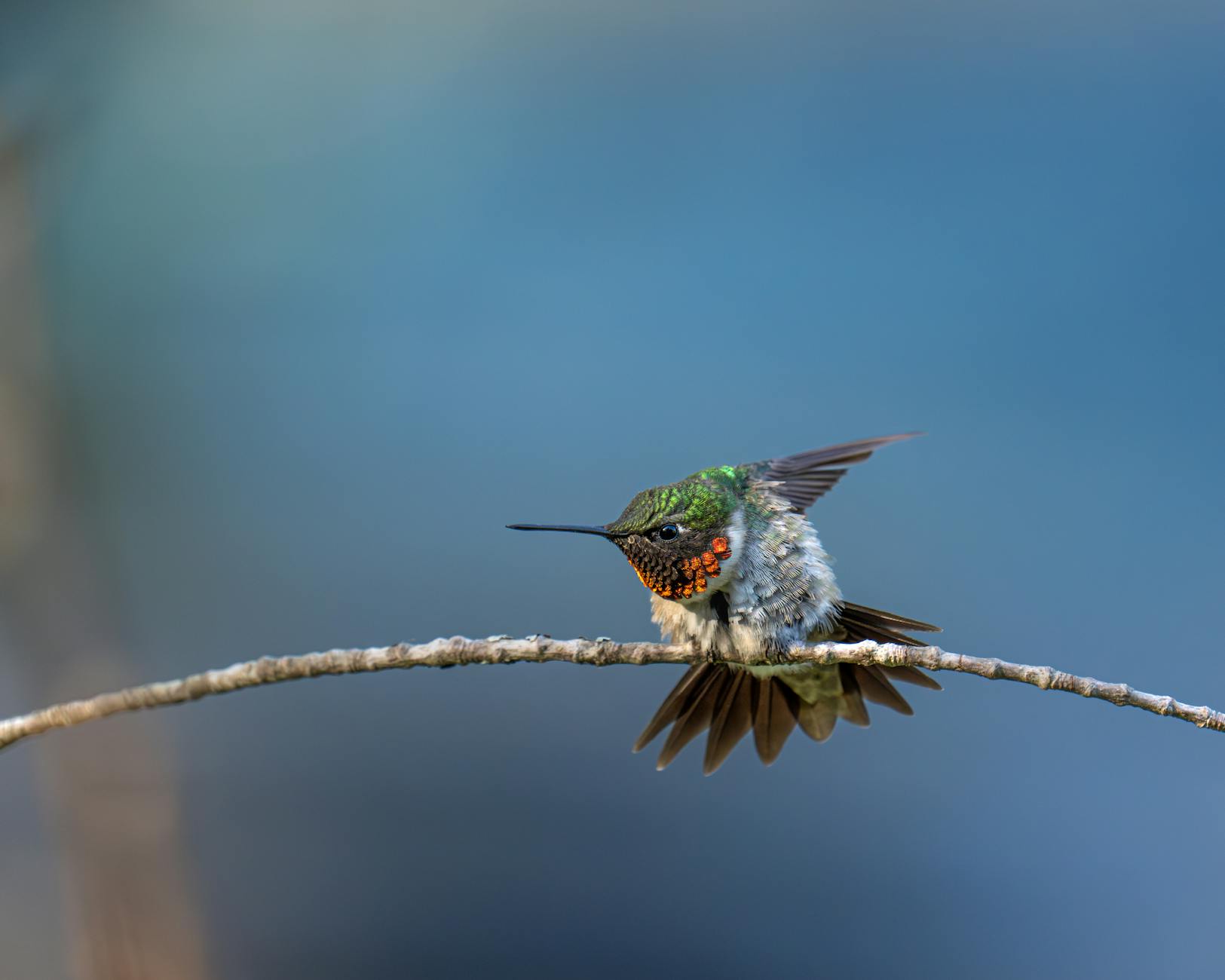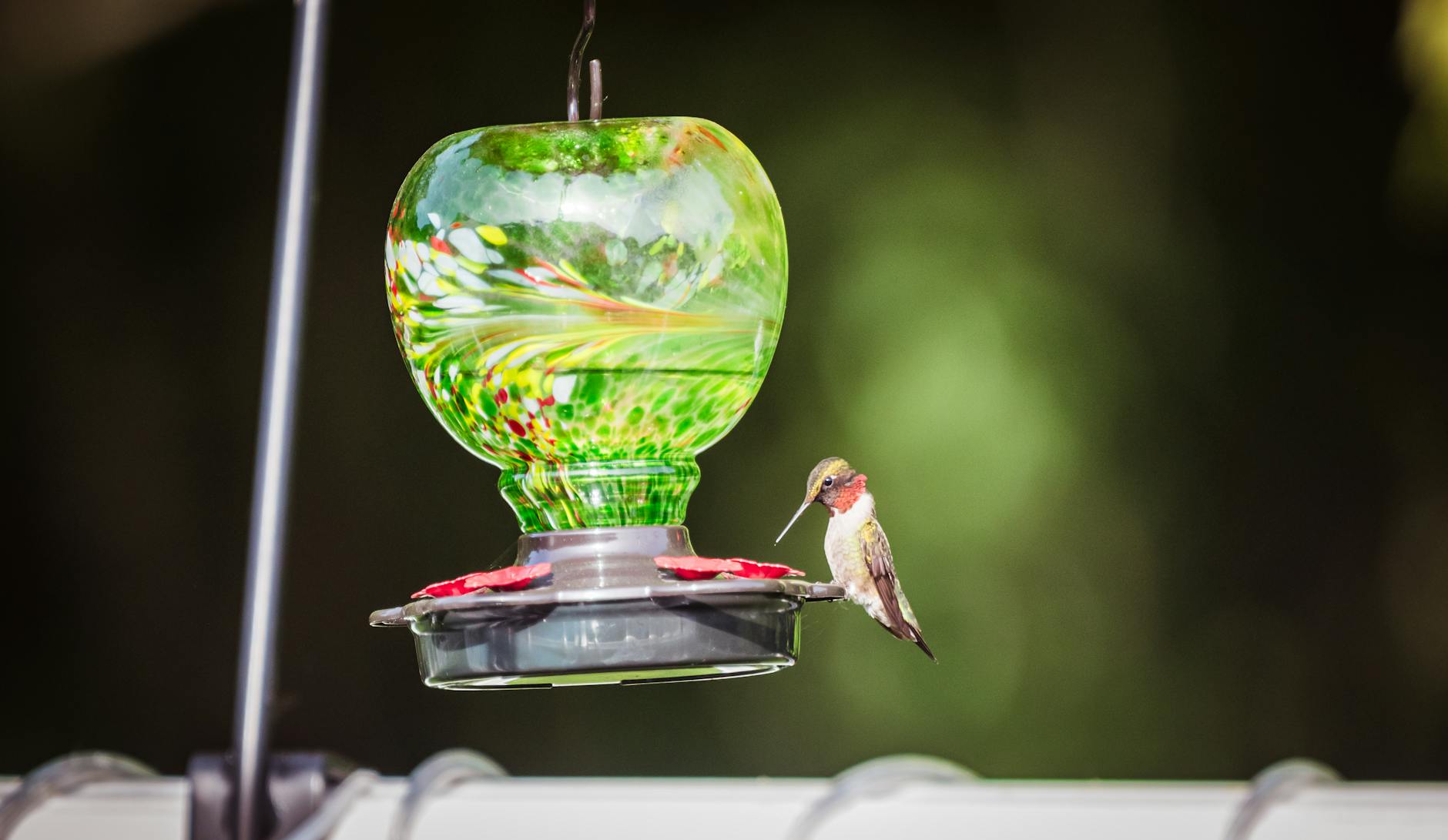
Who Killed Hummingbird? A Deep Dive into Nature’s Fragility and Our Role in Its Survival
Who killed hummingbird? It’s more than a question—it’s a symbol of something bigger. Hummingbirds, tiny but mighty, represent the fragile balance of nature. When that balance tips, it leaves us asking: who’s responsible, and why does it matter? In this post, we’ll uncover the deeper meaning behind the phrase and explore its connection to our world today, along with the choices that shape it.
The Origin of ‘Who Killed Hummingbird?’
Hummingbirds have fascinated people for centuries. Their small size and remarkable speed bring life to every garden they grace. But behind their beauty, these tiny creatures also carry deep cultural and symbolic meanings. Let’s uncover the historical context and what the phrase might represent metaphorically.
Historical Context of Hummingbirds
Throughout history, hummingbirds have symbolised much more than their physical presence. For many indigenous cultures, they represent resilience, joy, and the connection between nature and the spiritual world. In Aztec mythology, hummingbirds were linked to the god Huitzilopochtli, often depicted as a hummingbird or adorned with their feathers. The bird was seen as a warrior of light and vitality.
In other cultures, such as those of the Native American tribes, hummingbirds are viewed as messengers. They are thought to carry prayers to the heavens or serve as guides between the living and the afterlife. Meanwhile, in Caribbean folklore, they symbolise love due to the species’ relentless pursuit of nectar—a metaphor for seeking beauty and sweetness in life.
Hummingbirds also feature heavily in modern symbolism, often used to convey hope, endurance, and reminders of the environment’s fragility. When we see a hummingbird in various forms—art, literature, or even tattoos—it’s often about finding joy in fleeting moments.
Possible Metaphorical Meanings
The phrase “Who Killed Hummingbird?” can mean many things. It might not be about the literal death of a bird but about what the hummingbird represents. Could it speak to the destruction of nature through human carelessness? Or does it reflect on the societal shifts that overlook smaller, delicate things in life?
- Environmental Destruction
Hummingbirds rely on flowers and greenery to survive. When natural habitats are destroyed—due to urbanisation or climate change—these birds face endangerment. The phrase could be a stark reminder of how our actions, both big and small, can disrupt ecosystems. - Loss of Joy in Society
Hummingbirds, with their playful movements, signify joy and lightness. Could their symbolic “death” point to the loss of connection with nature or the increasing pressures of modern life? Some interpret the phrase as a critique of lifestyles that favour endless growth over harmony and simplicity. - Neglecting Fragility
Humans often overlook fragile things that require care. The metaphor might highlight this tendency in how we treat both our world and relationships. What happens when we fail to protect the delicate, irreplaceable elements in our lives?
The power of this question lies in its ability to challenge us. Who—or what—is responsible for silencing something as treasured as the hummingbird? And more importantly, what can we do to bring it back? Every answer leads to another question, drawing us further into the meaning behind the metaphor.
Environmental Factors Contributing to Hummingbird Decline
The diminutive yet energetic hummingbird is facing existential threats from the changing world around it. A combination of human activities and natural challenges has created a perilous scenario, driving these delicate creatures closer to decline. Let’s break down the factors contributing to this alarming trend.
Climate Change’s Role

Photo by Juan Felipe Ramírez
Climate change is reshaping the habitats hummingbirds depend on. Rising temperatures and erratic weather patterns disrupt their migratory patterns and food sources. Flowers that provide nectar may bloom earlier or later than usual, leaving the birds out of sync with their primary food source. For some species, the movement of nectar-rich plants to cooler regions could mean forced relocation. Plants and birds, once perfectly aligned, now seem to be speaking different languages.
Consider this: periods of drought are on the rise, drying out the flowers hummingbirds rely on. Meanwhile, intense rainfall can wash away nesting spots or render them uninhabitable. With extreme weather events becoming more common, these fragile creatures often face the kind of challenges they’re not built to withstand.
For more insights into climate change’s impact on hummingbirds, check out this report by Audubon.
Loss of Habitat
Urbanisation, deforestation, and agriculture are swallowing up the natural spaces hummingbirds need to survive. Forests and vegetation, essential for nesting and foraging, are being cleared to pave the way for human expansion. When trees fall, so too do the homes of countless hummingbirds.
The loss of habitat isn’t just about space—it’s also about quality. Urban areas often replace diverse ecosystems with monocultures or decorative plants that offer little or no nectar. They effectively create food deserts for these birds. Imagine searching for your favourite meal and finding only barren shelves—it’s a stark reality for many hummingbirds.
On top of that, expanding agriculture often eliminates wildflowers, favouring crops treated with chemicals. This not only reduces the availability of nectar but also introduces toxins into their diet.
Pesticides and Poison
Pesticides, herbicides, and other chemicals are silent killers in the hummingbird world. These substances poison the very nectar that sustains them. By drinking from treated flowers or consuming bugs exposed to such toxins, hummingbirds face fatal consequences.
Likewise, systemic pesticides, like neonicotinoids, deeply penetrate plant tissues, affecting everything from the roots to the flowers. Although aimed at pests, they cast a wider net, catching hummingbirds in their grip. Even small doses can impair their immune systems or reproductive abilities.
What’s worse, contaminated water sources—such as garden ponds or birdbaths laden with fertiliser runoffs—become additional traps for these birds. Hummingbirds, in their urgency to sip and survive, might unknowingly ingest harmful chemicals.
Predators and Natural Challenges
Nature isn’t entirely kind to hummingbirds. While they zip through gardens at lightning speed, they’re not always fast enough to evade predators like cats or larger birds. Snakes, praying mantises, and even spiders have also been known to target these creatures.
Beyond predators, there’s the challenge of finding resources. Hummingbirds expend huge amounts of energy due to their high metabolism. Without consistent nectar sources, they can’t simply store energy for later like some animals do.
Natural limitations, once manageable, become compounded by man-made problems. Combined with environmental stressors, the smallest change—be it fewer flowers or harsher weather—can tip the balance against these tiny fighters.
Each of these factors chips away at the hummingbird’s ability to thrive. Understanding these challenges is just the first step toward creating solutions. Let’s ensure that the hummingbird, a symbol of joy and resilience, isn’t reduced to a memory.
Societal Reflection Through the Phrase
What does it mean when we talk about “killing the hummingbird”? It’s a question layered with symbolism, encouraging deeper thought into our actions and their ripple effects. The hummingbird is more than a bird—it’s a representation of fragility, beauty, and balance. But what happens when that balance breaks? The meaning behind this phrase pushes us to not only look outward to nature but also inward to our responsibilities.
A Symbol of Fragility

Photo by Skyler Ewing
A hummingbird isn’t just another creature in the ecosystem; it’s a thread in a fragile web. Their existence relies on interconnected systems: blooming flowers, clean water, and stable climates. Any disruption isn’t just about them—it’s about us too. Their unique place in pollination, for instance, sustains plants that fuel countless food chains. If they disappear, so does the equilibrium they help maintain.
Think of them as nature’s canary in the coal mine, a symbol warning us when ecosystems falter. When forests shrink, or seasons misalign, they’re among the first to feel the brunt of these changes. And, like dominoes tipping one after another, their struggles echo across the natural world.
What does a hummingbird’s fragility say about ours? The connections are clear, yet the solutions demand effort. It’s a reminder that protecting these tiny lives means investing in our collective future.
Responsibility and Reflection
The phrase forces us to consider this: Are we caretakers or just bystanders? Every choice we make, individually and collectively, either contributes to the problem or becomes part of the solution. Sustainable practices aren’t just buzzwords; they’re actions we take daily to protect the delicate balance of life on Earth.
- Plant Native Flowers: Offering nectar-rich blooms can be a lifeline for hummingbirds, especially in urban spaces.
- Cut Down on Pesticides: Avoiding chemicals that poison their food sources can help stabilise shrinking populations.
- Support Conservation Efforts: Organisations working to preserve ecosystems rely on our backing, be it time, money, or advocacy.
Protecting hummingbirds isn’t just about their survival. It’s about valuing the small, often overlooked miracles of nature. When we fail to protect them, are we also letting go of our own ability to nurture?
Ask yourself: What small changes could I make today that might help tip the scale toward balance and abundance? Because in the end, “Who killed the hummingbird?” isn’t just a question—it’s a call to action.
What Can Be Done?
Preserving hummingbirds calls for action rooted in responsibility and care. These magical creatures depend on us more than ever. Changing how we interact with the environment doesn’t have to be overwhelming. Here’s how you can make a difference.
Planting Hummingbird-Friendly Gardens

Photo by Chris F
Creating a garden that supports hummingbirds is as fulfilling as it is impactful. Small changes can transform your backyard into a vital sanctuary.
- Choose Native Plants: Go for plants that naturally grow in your region. Native species are easier to maintain and more familiar to hummingbirds. They’ll bloom right when hummingbirds need them most.
- Add Nectar-Rich Options: Bright blooms like trumpet vines, bee balm, and honeysuckle are irresistible to these birds. They thrive on nectar-filled flowers that mirror their fast energy needs.
- Avoid Hybrid Plants: Many hybrids lack nectar, making them less useful. Stick to options that provide actual nourishment.
- Provide Clean Water: Shallow birdbaths with fresh water can also help hummingbirds keep hydrated and stay healthy.
Your garden can be a lifeline, especially in urban areas where natural habitats are vanishing. Think of each flower as a small offering, a way to turn your space into an oasis.
Reducing Pesticide Use
Chemicals in gardens don’t just kill pests; they harm everything close to them, including hummingbirds. By switching up your approach, you can protect not only these birds but also the broader ecosystem.
- Natural Pest Control Alternatives: Encourage ladybugs, praying mantises, and other natural predators in your garden instead of spraying chemicals. They’ll handle pests for you.
- Use Organic Gardens: Compost-based fertilisers not only nourish your plants but also maintain safe nectar sources for hummingbirds.
- Manual Weeding: Ditch herbicides by pulling weeds out by hand. It’s a small effort for big environmental gains.
Every time you minimise your use of chemicals, you’re giving hummingbirds—and countless other creatures—a chance to thrive.
Raising Awareness
Protecting hummingbirds isn’t just a personal effort; it’s a collective mission. By educating others, you create ripples that can lead to deeper change.
- Share Stories: Personal experiences with hummingbirds can inspire others to care. A photo, memory, or observation in your own garden can start conversations.
- Join Local Initiatives: Many conservation groups run programmes for protecting birds. Volunteer or donate to contribute directly to preservation efforts.
- Teach the Younger Generation: Kids who learn to appreciate nature early often carry that value throughout their lives.
By spreading awareness, you’re creating a larger network of people who value and act to protect these irreplaceable birds.
Each choice you make, in your garden or beyond, holds the power to nurture the delicate balance hummingbirds represent. Together, we can transform quiet acts of care into long-term, visible impacts.
Conclusion
The question, “Who killed hummingbird?” is more than a metaphor—it’s a challenge to protect what’s delicate yet essential. Hummingbirds represent joy, balance, and the beauty of the natural world, all of which are increasingly at risk. Their survival mirrors our own choices and responsibilities.
Now is the time to act. Let’s nurture their habitats, reduce harm, and inspire others to do the same. Together, small efforts can create meaningful change. Ask yourself: how can I be part of the solution today?





